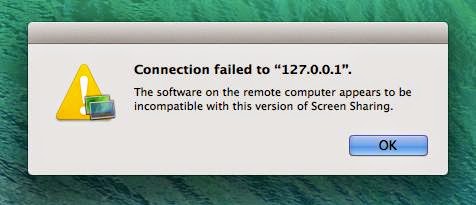

Ssh - L 59000 : localhost : 5901 - C - N - l cloudsigma your_server_ip Before heading forward, let’s update the existing packages: As a first step, we will install the necessary packages from the official Ubuntu repository. Unlike previous Ubuntu versions, Ubuntu 20.04 does not come with a pre-installed VNC.

Step 1- Install the Desktop Environment and the VNC Server Mac OS: RealVNC or the built-in Screen Sharing Program. Windows OS: TightVNC, RealVNC, or UltraVNC. Also, the VNC client we will be using connects through the SSH tunnels. PrerequisitesĪn Ubuntu 20.04 server with a non-root user and an uncomplicated firewall (UFW).Ī local computer with a VNC client installed on it. Finally, we will use a VNC client program on our local machine to interact with the server through a graphical desktop environment. We’ll start with setting up a VNC server on an Ubuntu server and establishing a secure connection through the SSH tunnel. We’re going to install Xfce because of its speed, lightweightness, and excellent performance. In this tutorial, we will walk you through the steps of installing and configuring VNC on Ubuntu 20.04. Among the list of alternatives available, you are free to choose any VNC at your convenience. RealVNC, UltraVNC, Xfce, TightVNC, to name a few, are the most popular VNC clients used today. VNC is safe, secure, and works on all operating systems. It uses the remote frame buffer protocol allowing one server (user side) to connect with another side (client). Virtual Network Computing (VNC) is a screen-sharing system used to access graphical user interfaces remotely. Navigate to this directory and license VNC Server, for example:Ĭreate a //.vnc/config file containing a font path for virtual desktops:Ĭreate a //.vnc/xstartup file containing sensible environment defaults for virtual desktops:ĮTCVNCDIR=/.vnc.

Tar -xvf -C /home/user/VNC -strip-components=1 Unpack the tarball into a directory you can write to, for example: The credentials of other system users added to the VNC Server Permissions parameter are ignored.

Available programs: VNC Server in User Mode ( vncserver-x11), Virtual Mode ( vncserver-virtual), and VNC Viewer.You can install without administrative privileges but please note not all programs or features will be available: Installing without administrative privileges


 0 kommentar(er)
0 kommentar(er)
